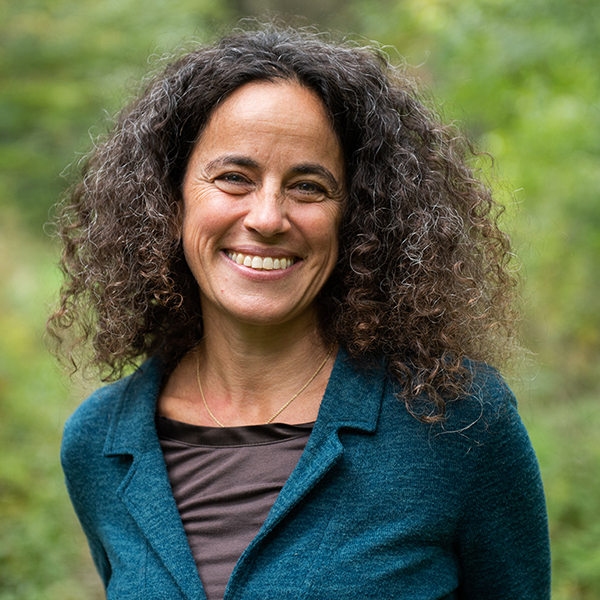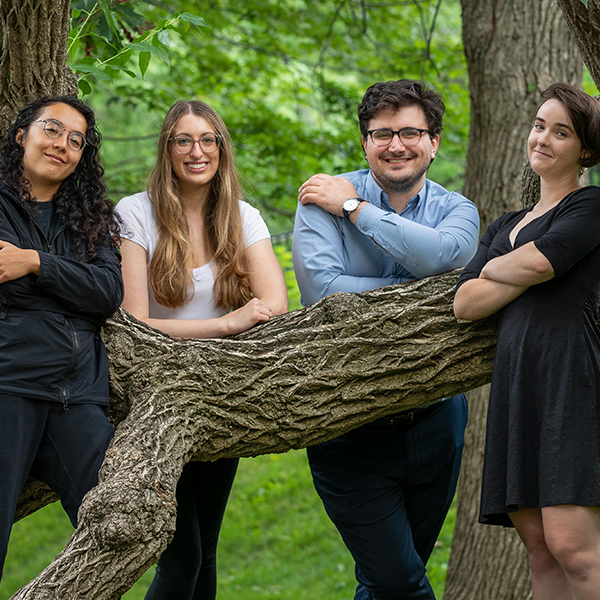In March, as the first wave of the COVID-19 pandemic was spreading like wildfire through Italy and other countries, hospitals worldwide grappled with the lack of ventilators to provide oxygen to severely ill patients gasping for air.
Governments scrambled to procure enough of the life-saving devices for their citizens, and manufacturers struggled to meet the soaring demand. Reza Farivar, MSc’02, PhD’08, watched this situation unfold with concern, wondering if there was anything he could do to help.
While discussing the issue with a friend, Farivar, McGill’s Canada Research Chair in Integrative Neuroscience and a scientist at the Research Institute of McGill University Health Centre (RI-MUHC), landed on an idea: a contest to identify a new design for the life-saving machine: one that was low-cost, easy-to-use, and simple to manufacture.
It didn’t take long for Farivar to get others on board. Within the span of days, he had secured funding from the Montreal General Hospital (MGH) Foundation and the RI-MUHC, assembled a team to develop the idea, and consulted with experts—including critical care physicians and respiratory therapists at the MUHC and elsewhere—to develop a shortlist of specifications for the ventilator design. A week after its inception, the MGH Foundation and RI-MUHC, in partnership with the McGill Engine, had launched the Code Life Ventilator Challenge.
The McGill Engine, the Faculty of Engineering’s centre for supporting innovation and entrepreneurship, has been a key supporter of the Code Life Ventilator Challenge, helping to raise funds for the project, enlisting companies to support the effort, and participating in the judging and event planning.
“This challenge has demonstrated what we can do when people from different backgrounds and institutions collaborate with each other,” says Dean of Engineering Jim Nicell. “I want the success of the Code Life Challenge to set the stage for even bigger things to come.”
The response to the challenge was overwhelming. A total of 1,029 teams, composed of 2,639 participants from 94 different countries, entered their designs. “That was amazing,” Farivar says. “We ended up getting like an enormous amount of submissions, and some of them were just crazy creative!”
From these submissions, 10 semi-finalists were chosen. One team, a group from the flight simulator technology company CAE, dropped out of the competition after signing a contract with the Canadian government to produce 10,000 ventilators.
“The challenge quickly kicked off activity among researchers and engineers, even within advanced manufacturing companies left idle during the lockdown,” says Benoit Boulet, MEng’92, a professor of electrical and computer engineering, and the director of the McGill Engine.
The other nine groups submitted prototypes that were evaluated on criteria such as ease of manufacturing and compliance to the specifications outlined by a committee of experts that included physicians, respiratory therapists, medical device experts, and engineers.
The top three spots, which were announced in May, went to three designs: the Haply Rideau MkII by the Montreal-based robotics company Haply, the Lung Carburetor by a group of medical device designers in Montreal and Charlevoix, and the IFPR ventilator from a team in Paraná, Brazil.
“[When] we got the confirmation that we were on to the next phase, everybody was super excited,” says Colin Gallacher, BEng’13, MEng’16, a member of the Haply team. “There were virtual high fives all around.”
The second phase of the initiative, which has been led by the McGill Engine and the MGH Foundation, is dubbed the “Made for All” initiative.
In carefully assessing the three finalists, the initiative’s judges decided that the best design overall was the one proposed by Haply. While the cost of production was obviously critical, the judges also made their decision based on the simplicity of the ventilators’ designs and operation, and the ease of training people to use them.
The McGill Engine has secured additional funds and a network of partners to help obtain regulatory approval for the Haply design from Health Canada and ensure that it can be manufacturable for $1,000 per unit or less. Boulet says current efforts are focused on finding collaborators “who are very savvy in manufacturing and cost control.”
Although ventilator shortages are no longer as urgent a problem at this stage of the pandemic, the life-saving devices remain in short supply in many countries, particularly those located in the Global South.
“There are really no low-cost ventilators, and that’s a huge barrier for adoption in low- to middle-income countries,” Farivar says. “We’ve shifted the focus to solving the bigger problem that, before this broke out, there were already a lot of people dying every year from the lack of ventilators.”
According to Farivar, once the “Made for All” initiative is complete, the plan is to spearhead programs to produce the ventilators and to train people to use them. The goal, he adds, is to “actually get this low-cost device into people’s hands around the world and have them use it.”


